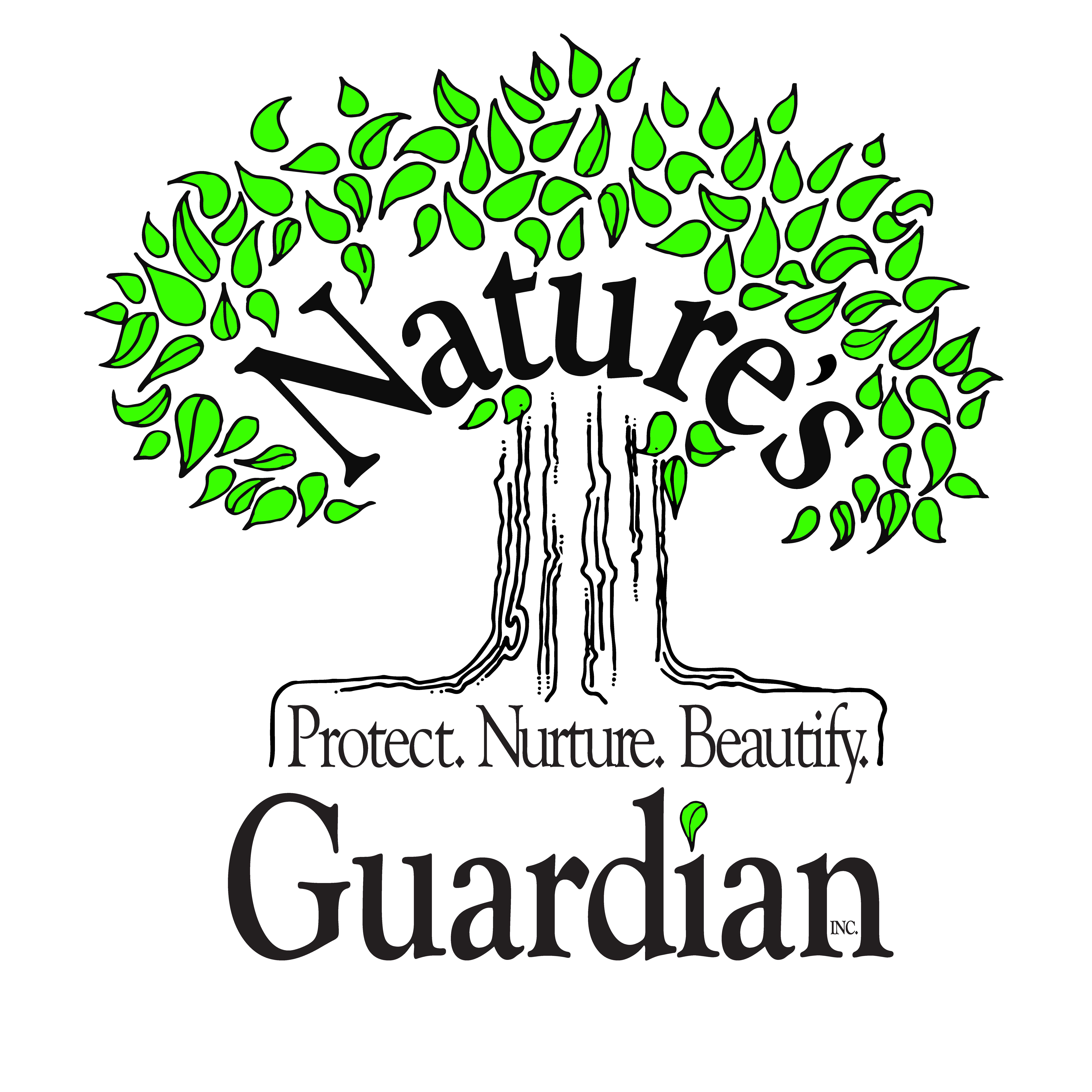The NY State Dept of Agriculture and Markets has confirmed that the spotted lanternfly, an invasive insect, has been found in multiple counties in New York. This insect is native to Asia and has also been detected in Pennsylvania, New Jersey, Delaware and Virginia. The pest targets ailanthus trees, in particular, and attacks a wide variety of crops including grapes, hops, apples and forest products.
The insect is easy to identify with distinct markings. It will change hosts as it goes through its developmental stages. Nymphs feed on a wide range of plant species (willow, maple, poplar, sycamore as well as fruit trees like plum, cherry, and peach) while adults prefer to feed and lay eggs on tree of heaven (A. altissima).
If left unchecked, the spotted lanternfly can potentially wreak havoc on New York’s grape, orchard and logging industries. It causes harm by sucking sap from plant stems and leaves. This can reduce photosynthesis, weaken the plant and eventually contribute to the plant’s death.
The Department of Agriculture wants residents to be on the lookout for spongy masses growing outdoors “to help stomp out invasive pests this spring.”
The spongy masses are the eggs of the spotted lanternfly and spongy moth, two “economically and environmentally destructive invasive insects,” USDA said in a notice sent out earlier this month.
The masses can attach to and travel unnoticed on trucks, cars, trains, planes, and items people leave outdoors and then move to other areas, USDA said.
According to the USDA, Spotted lanternfly egg masses are flat and mud-like. The spongy moth egg masses are fuzzy, spongy, and cream or brown-colored.
USDA recommends “smashing and scraping” the masses and putting them into a plastic bag and sealing it. The bag should then be thrown away in municipal trash.
Additionally, the agency said pressure washing is another effective way to remove the masses from hard, outdoor surfaces.
The agency says to watch out for the masses during late fall, winter, and early spring, and they can be found on outdoor surfaces like tree bark, cars, and items kept outside.
“When you find them, remove them to keep them from hatching in the spring, or worse, hitchhiking on the cars we travel in, or the firewood and outdoor gear we move to new places.
View more info from Cornell Cooperative Extension
At Nature’s Guardian Inc., we take an integrated approach in evaluating your property to identify hotspots to provide effective control. Our broad-based knowledge and experience in controlling insects and diseases is built from 40 years of service in the industry providing the foundation necessary to create a program of control that best serves you and your property.
We are Professional Certified Applicators of LI and a NYS DEC Pesticide Applicator.
